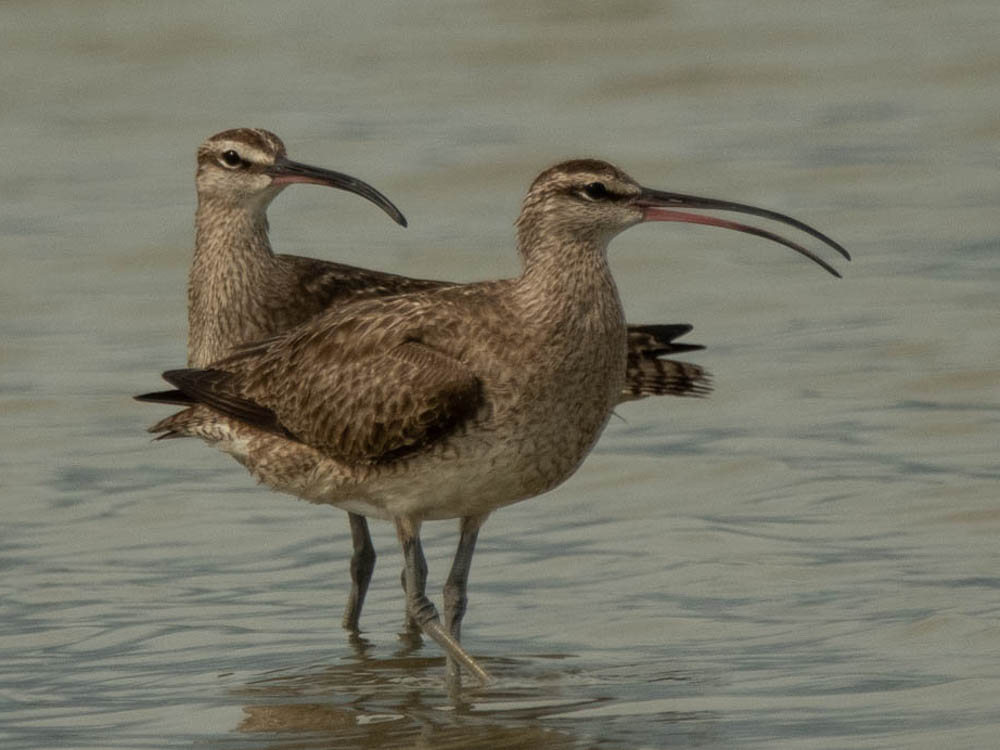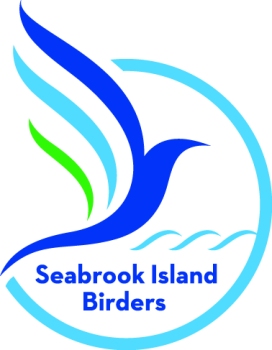Seabrook Island North Beach is an important Critical Habitat for shorebirds in SC – Federally protected Red Knot and Piping Plover, SC protected Wilson’s Plover & Least Tern, and numerous shorebirds that migrate or are permanent throughout the year. Seabrook Island Birders is fortunate to have strong partnerships working with us to protect our shorebirds.





Human disturbance harms shorebirds …their survival depends on you!
Give the birds space: Resting and feeding are critical to survival of migratory and wintering birds. If birds run or fly, you are too close! Keep out of posted areas & dunes: Birds may be nesting. disturbance causes egg & chick loss.
Be a Bird Friendly Dog Owner: Keep dogs on leash when near bird flocks. Don’t allow dogs to chase, it stresses the birds & saps their energy for migration. Follow Seabrook’s Beach Rules for Pets.








The “Umbrella Effect” – what we do for the “important four” has “umbrella” effect of protecting other species with declining populations and at risk of “Threatened” status without conservation efforts.




Red Knots have one of the longest migrations of any bird, 18,000 miles round trip from the tip of South America to the Arctic where they breed. From March to early May, Seabrook Island is an important stopping point for them to feed and rest on their long journey north to breed.

Seabrook Island has one of the largest single flocks of Red Knots in Eastern US, with thousands seen at a time during peak in Apr-May. Knot population on East Coast has declined 85% since 1980. Knots are “Federally Threatened” under the US Endangered Species Act.

Piping Plovers breed at Great Lakes, Atlantic, and Great Plains areas from April to July. In late July they migrate to southern coasts and Caribbean to winter until next spring. Seabrook is an important wintering & migratory site. Quality foraging & roosting habitat on winter beaches is key for adults to survive and return to breeding sites.

Piping Plover populations and breeding habitats have drastically declined. Development, people, dogs, predators, weather, and environment are serious threats. Great Lakes area Piping Plovers are “Federally Endangered” with less than 70 breeding pairs remaining. Atlantic area are “Federally Threatened”.

Banding tracks an individual bird to study the entire life-cycle – where they go, how long they live, what resources are needed for survival. During Red Knot migration on Seabrook, SC DNR teams apply new and identify existing bands, and place/retrieve geolocators and nanotags which provide data on movement.

Piping Plover bands are placed in various configurations on upper and lower legs. Flag/ band colors define breeding area, and/or where bird was banded. Wintering Seabrook Piping Plovers are mostly spotted from Great Lakes, Atlantic US & Canada breeding areas.

Seabrook Island Beach Rules for Dogs/Pets
Restricted Area/Red: From Boardwalk #1 to the Atlantic Ocean and continuing northeast to Captain Sam’s Inlet. No person shall bring or allow any dog/pet into the restricted area at any time, on or off a leash.
Limited Restricted Area/Yellow: Beginning approximately 300 yards northwest from Boardwalk #9 (Pelican Watch Boardwalk) to the Edisto River and continuing northwest to Privateer Creek. No person shall bring or allow any dog/pet into the limited restricted area that is not on a leash at all times.
General Beach Area/Green: In all other areas of the beach other than the restricted area and limited restricted area described above, the following rules apply:
Peak Season – Apr 1 to Sep 30: Dogs/pets must be on a leash – of not more than 16’ – between 10am & 5pm. Dogs/pets may be off-leash before 10am & after 5pm, and must be effectively controlled while on the beach.
Non-Peak Season – Oct 1 to Mar 31: Dogs/pets may be off leash 24/7 and must be effectively controlled while on the beach.
Section 32-44 Town of Seabrook Island Code.
These rules provide protection of critical areas for migratory and nesting shorebirds and other wildlife, provide pet owners and their pets access to a large off-leash area, and provide beachgoers with a pet-free beach and swimming area.
Article and photos by Ed Konrad, all photos taken on North Beach






